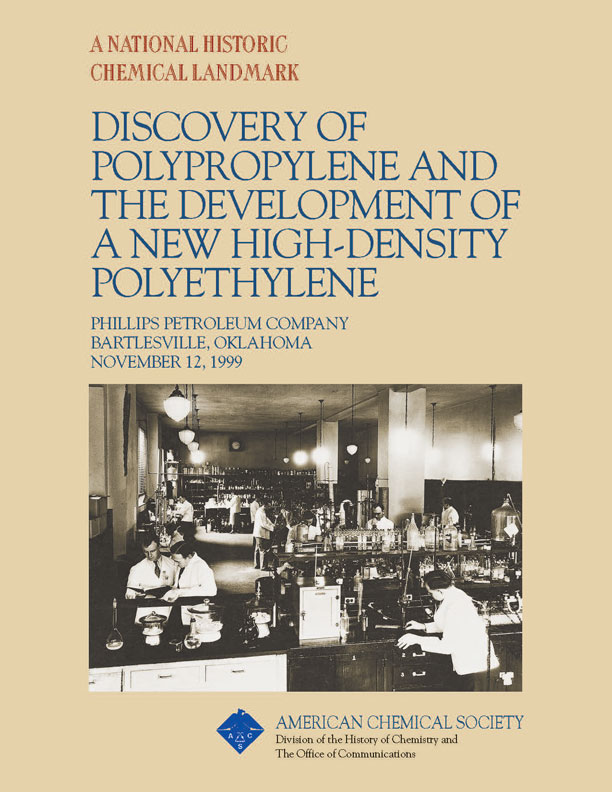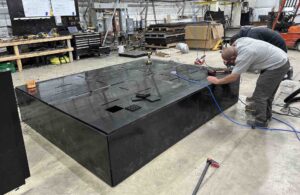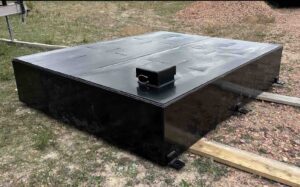The journey of High-Density Polyethylene (HDPE) is not just a tale of chemical innovation but a narrative deeply embedded in the annals of industrial revolution. The history of polyethylene began in 1951 in Bartlesville, Oklahoma, within the laboratories of Phillips Petroleum Company. This was a time when polymer chemistry was nascent, and the company, primarily focused on oil and gas, ventured into uncharted territories under the guidance of J. Paul Hogan and Robert L. Banks. Their discovery, transforming ethylene and propylene into crystalline polypropylene and HDPE, marked the inception of a global, multibillion-dollar industry that thrives to this day.
Setting the Stage for Discovery
The path to discovery was laid much before the actual event. George Oberfell, the research director in 1925, ignited the company’s pursuit of novel applications for natural gas liquids, leading to the establishment of one of the world’s pioneering hydrocarbon research labs. The post-war era saw Phillips exploring the potential of propylene and ethylene, laying the groundwork for Hogan and Banks’s groundbreaking work.
Their experiment, originally aimed at improving gasoline components, inadvertently led to the creation of a white, solid polymer. This moment of serendipity was pivotal, not just for Phillips but for the entire realm of materials science. The duo’s immediate realization of their discovery’s significance led to a swift pivot towards plastics development, leveraging a chromium catalyst to create a new form of polyethylene that was more robust, heat-resistant, and versatile than its predecessors.
From Laboratory to Industry
The transition from laboratory discovery to commercial production was rapid and marked by innovation at every step. Introduced in 1954 under the brand name Marlex® polyethylene, HDPE initially faced market resistance. However, the unexpected popularity of the hula hoop, made from Marlex®, propelled HDPE into the spotlight, demonstrating its vast potential and versatility. This success allowed Phillips to diversify HDPE applications far beyond children’s toys, making it a preferred material for products requiring durability and safety, such as baby bottles and food containers.
Legacy of Hogan and Banks
The collaboration between Hogan and Banks was more than just professional; it was a partnership that revolutionized the polymer industry. Both hailed from humble beginnings and shared a vision that propelled them to the forefront of chemical engineering. Their continued contributions laid the foundations for advancements in synthetic chemicals and catalysis, earning them numerous accolades and cementing their legacy within the scientific community.
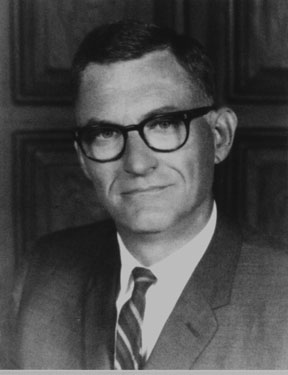
Portrait of J. Paul Hogan (undated).
Courtesy Phillips Petroleum Company.
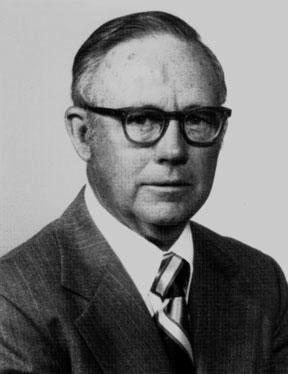
Portrait of Robert L. Banks (undated).
Courtesy Phillips Petroleum Company.
Legal Battles and Recognition
The road to patenting their discovery was long and fraught with legal challenges, a testament to the groundbreaking nature of their work. It took over three decades for the U.S. Patent Office to recognize Hogan and Banks’s invention of polypropylene, amidst a landscape crowded with simultaneous discoveries. Yet, their perseverance paid off, with the appellate court ruling in their favor, acknowledging their pivotal role in the development of polypropylene and HDPE.
A Monumental Impact
The designation of their discovery as a National Historic Chemical Landmark in 1999 by the American Chemical Society underscores the profound impact of HDPE. It is a material that has seamlessly integrated into every facet of our lives, from the mundane to the critical, reshaping industries, enhancing environmental sustainability, and improving the quality of life on a global scale.
The widespread applications of HDPE are a testament to its versatility and durability, reflecting its essential role in modern manufacturing and product design. Below is a table that highlights the diverse uses of HDPE across various sectors, including its innovative application in the marine industry:
| Sector | Applications of HDPE |
|---|---|
| Vehicle Sector | Motor oil containers, Fuel tanks, Portable gas cans, Under-hood reservoirs, Wire insulation |
| Educational | Classroom and stadium seating, Notebook binders |
| Environmental | Chemical toilets, Erosion barriers, Landfill liners, Pond and canal liners |
| Domestic | Food and beverage containers, Household product bottles, Outdoor furniture, Toys, Trash and lawn bags |
| Industrial | Cable jacketing, Oil and gas lines, Packaging films, Tanks and drums, Electrical wire insulation, industrial hdpe pipe |
| Healthcare | Biomedical waste containers, Pharmaceutical bottles, Tubing and catheters |
| Public Works | Highway barriers, Sewer slip-lining, Waste containers, Utility pipes |
| Leisure | Basketball backboards, Hydration bottles, Watercraft components |
| Marine Industry | Boat hulls, Seating, Storage containers, Deck fixtures |
Final Thoughts:
The history of polyethylene (HDPE) is a chronicle of curiosity, innovation, and persistence. It’s a narrative that stretches beyond the laboratories of Phillips Petroleum, weaving its way through legal courtrooms, into the fabric of our everyday lives, and continuing to shape a future where the possibilities of polymers remain boundless. At our company, Legacy HDPE Boats, we specialize in harnessing HDPE’s remarkable properties to build robust boats. This endeavor highlights the material’s adaptability and resilience, particularly suited to the challenging conditions of marine environments. Contact us: 307-299-3049

